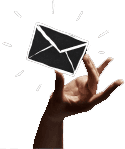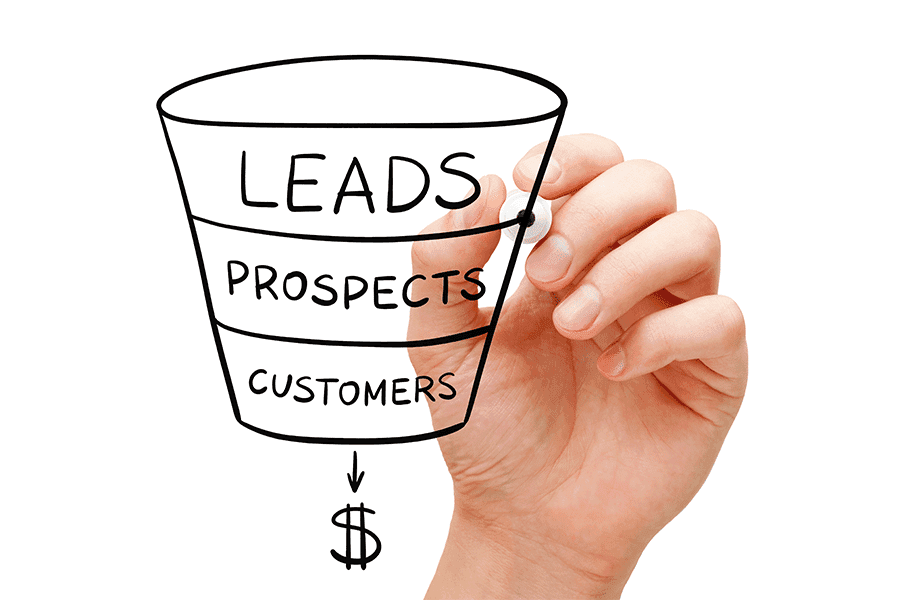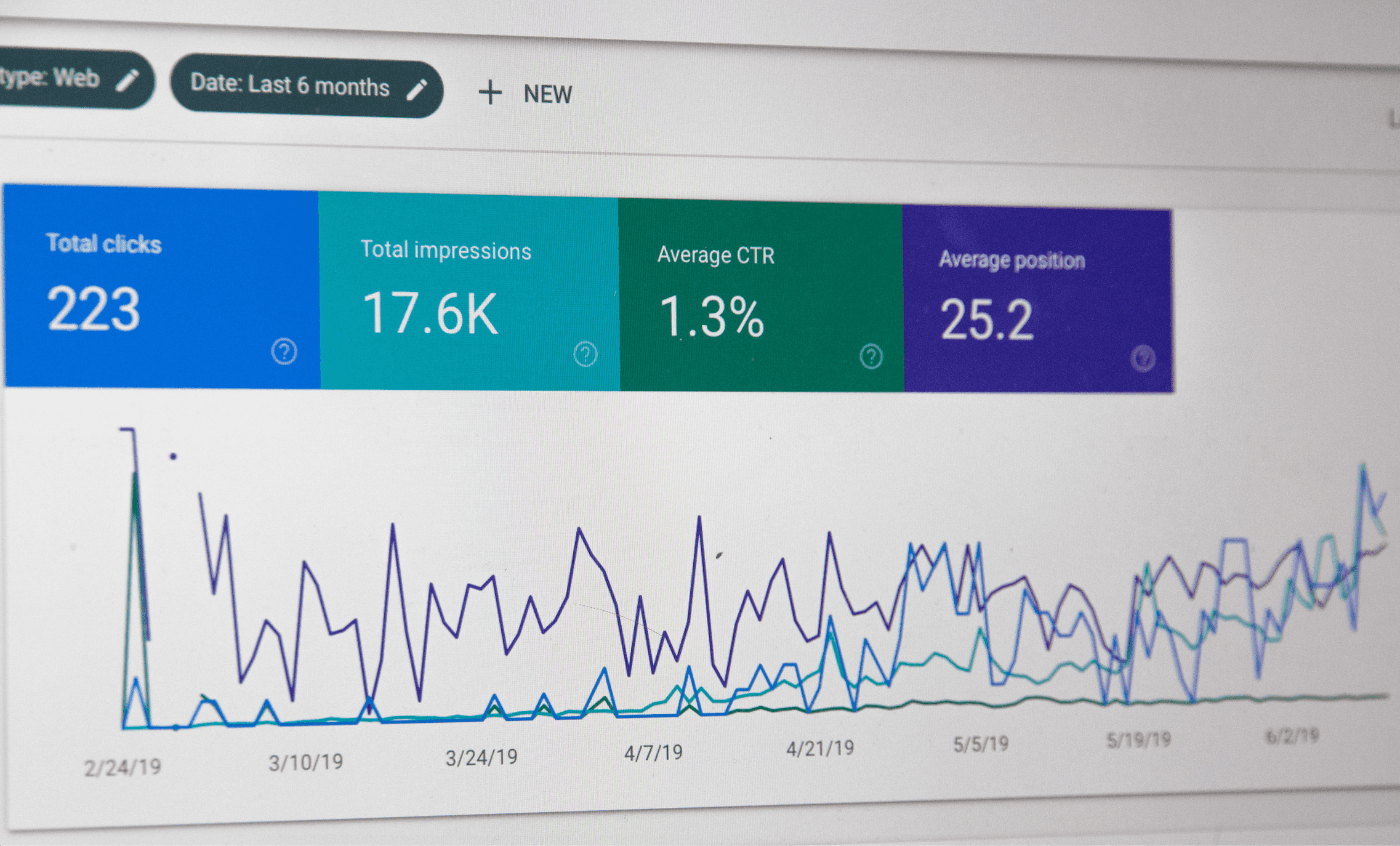B2B Lead Generation: How to Generate B2B Leads Using Email

Are you struggling to generate leads for your B2B business? You’re not alone. A lot of business executives and leaders don’t know where to start when it comes to acquiring B2B leads.
Warranted, there is too much noise from marketing experts offering different opinions on the best lead generation strategies. Well, we’re also about to give you our opinion. However, our take is based on years of successful lead generation, email marketing, and general marketing experience for our B2B clients.
In this blog, we’ll cover the crucial aspects of B2B email marketing with a special focus on the strategies you should use to boost your lead-generation efforts. Let’s dive in.
What to Expect:
What is Email Lead generation?
Benefits of B2B Email Marketing
Email Lead Generation Best Practices
What is B2B Lead Generation?

B2B lead generation is the process of acquiring interest from new potential customers (in this case, businesses) who would benefit from your business’ product or service. The ultimate goal is to get prospective customers to buy your organization’s product or service.
All marketers and salespeople are in the business of lead generation. We identify potential customers and cultivate relationships with them so that, eventually, they trust us enough to do business with the businesses we represent.
What is Email Lead Generation?

If lead generation is the process of acquiring new potential customers, email lead generation is the process of acquiring potential leads through email marketing.
Email lead generation happens in two stages:
• Acquisition: This happens through an email opt-in form that gathers potential customers’ information, such as name and email address.
• Nurturing: This takes place once leads have signed up by sending them content that will eventually convert them into paying customers.
The email opt-in form is the starting point of most lead-generation efforts, while email marketing is one of the main lead-nurturing channels.
Benefits of B2B Email Marketing

Email marketing is the most effective and profitable B2B marketing channel. It can help you:
• Grow brand awareness.
• Build relationships.
• Provide value and education.
• Convert prospects.
Email Lead Generation Best Practices

While email is great for lead generation, you need a solid B2B email marketing strategy in order to target the best leads, build your customer base, and ultimately nurture them until conversion.
Here are some great strategies you can use to improve your lead-generation efforts.
1. Target the right customers
An email campaign is only as good as your contacts. If you acquire leads who are not at all interested in what you are offering, it will be an uphill battle to convert them. Therefore, you need to start right by first determining who your customers are so you can tailor your marketing efforts to their needs.
Start by answering the following questions:
• Who is your customer?
• What are they looking for?
• What pain are they trying to solve?
• How does your solution fit into their lives?
Feel free to use demographic, psychographic, and geographic information to define your potential customers.
Next, you have to define what a potential lead looks like for your business. Is someone who downloads a free ebook? Is it someone who signs up for a webinar? Is it someone who signs up for your newsletter? Is it someone who fills out the contact form on your website?
By defining this, you are setting yourself up for success since you will be sending emails to the right people. Defining your target audience will also help you to create great messaging and positioning.
Pro tip: Don’t buy an email marketing list or send unsolicited emails. This can get your ISP (Internet Service Provider) blocked and ban you from sending emails.
2. Create an opt-in offer
When acquiring leads, put yourself in their shoes. This is much easier if you have already defined your target audience in the step above. What are they looking for when they come to your website? What do they hope to learn?
Once you answer that question, create a valuable offer that answers their biggest question. It can be in the form of a free report, ebook, or even webinar.
This is the best way to earn emails from potential customers. You have to give them something valuable in exchange for their email information. Experiment with different content formats until you discover the one that works best for your audience.
Once you nail down the best content format, optimize your offer until you get the best angles.
3. Optimize your opt-in form
Once you’ve created your opt-in offer, it’s time to create your opt-in form. Please, for the love of all that is good, do not put a hundred fields into your form. No one will fill it.
Hone in only on the details you need for effective marketing. We recommend asking for the prospect’s name and email address only. If you have to ask for more information, make sure it’s tied to helping the prospective lead.
For instance, according to Hubspot’s research, 83% of customers are willing to share more data for a personalized experience. At the same time, remember that people don’t want to spend time filling out long forms so that they can get access to an ebook or webinar.
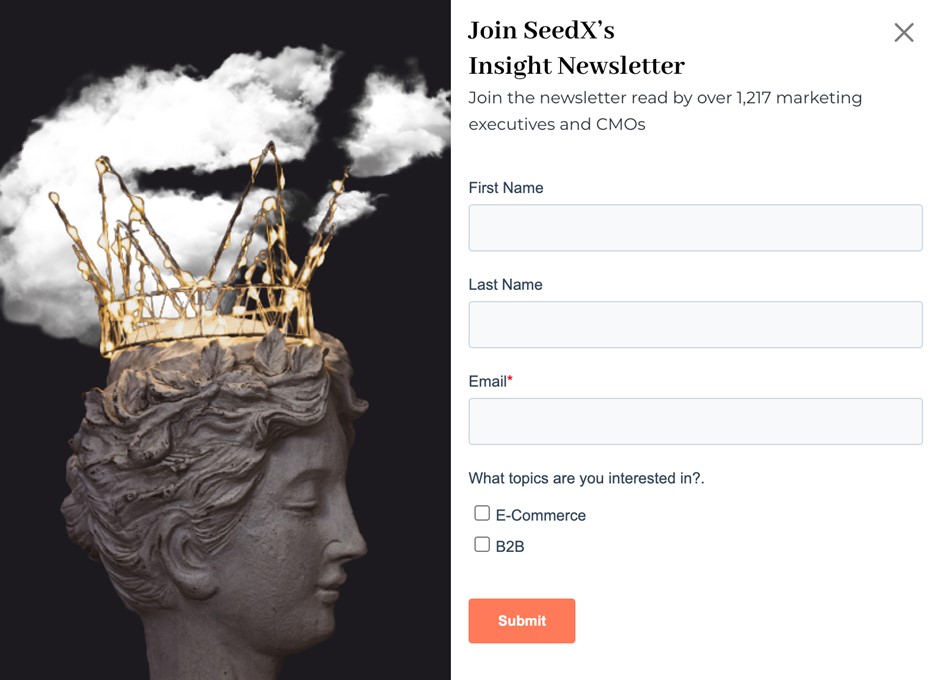
Pro tip: To increase form sign-up rates, keep your opt-in form simple and easy. Just ask for their name and email. Enough!
4. Enhance your landing page
If you are running a lead generation campaign, you need a landing page.
A landing page is where prospective leads find out more about your offer, the benefits of signing up for your email list, and more information about your business.
Landing pages are important for conversion, and according to Unbounce, the average conversion rate across industries is 4.02%. Therefore, when creating your landing pages, focus on the elements that are important to your customer. Use copy and images they can relate to. Refine your messaging to speak to their needs.
Last but not least, don’t include any irrelevant elements in your landing page. They will steal your customer’s attention, lead them into a surfing rabbit hole, and prevent them from converting.
5. Set up email automation
Thanks to AI, automation has become the order of the day. Every email marketer is now an advocate for automation flows and automated lead scoring.
Automating your email marketing can help you create highly personalized emails according to your lead’s preferences. It can also help you improve real-time delivery by using predictive analytics to determine the best time to send out emails.
Automating lead scoring will help you nurture the prospective customers who are most likely to buy your products or services. Automation software automatically assigns value to your leads based on how they interact with your content, which can help you gauge interest. The leads with the highest value are the most likely to convert, meaning you should pay more attention to them.
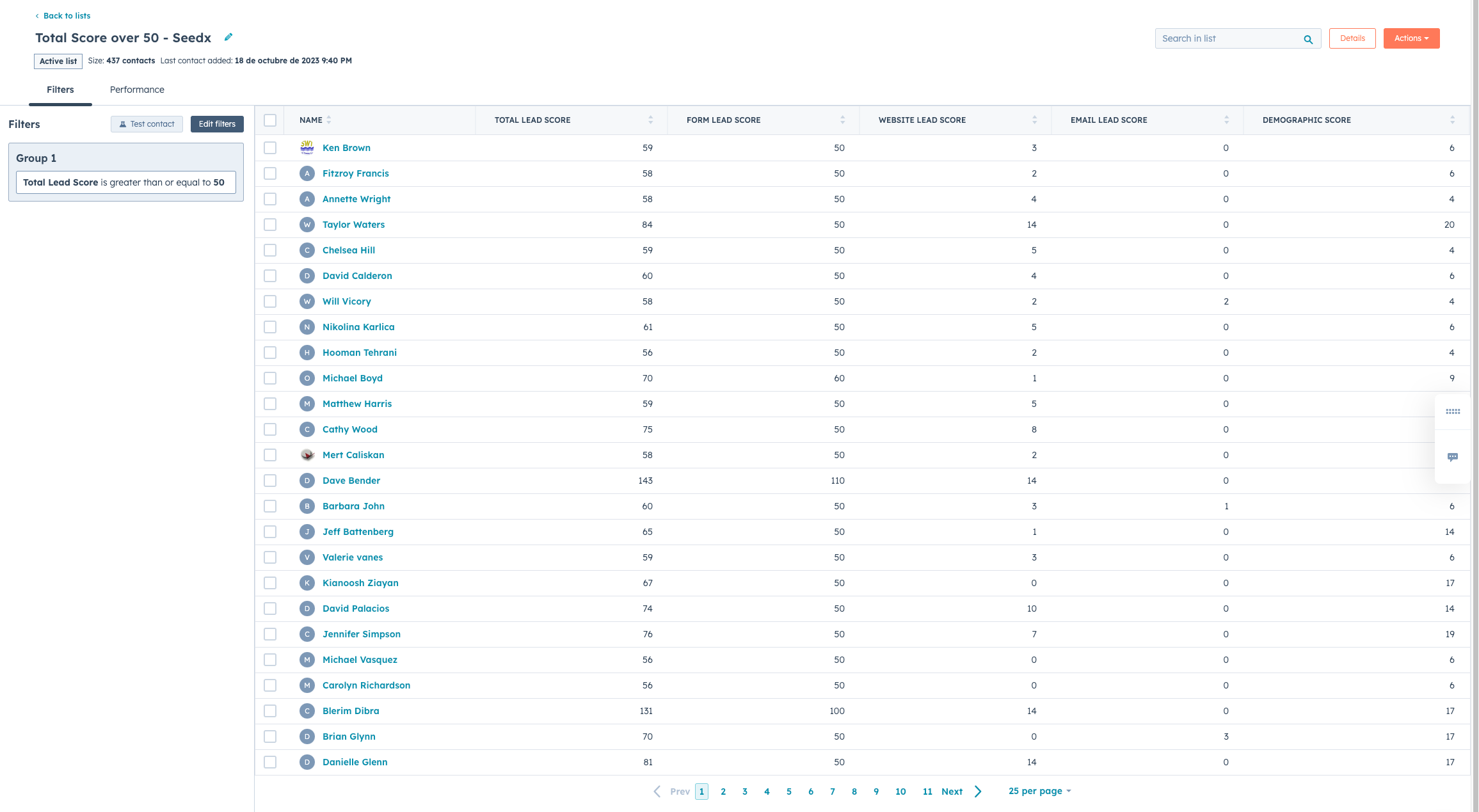
Pro tip: Build trust and expectation by using automation software to schedule emails in advance.
6. Be timely
The best time to reach out to a lead is when they have your offer in their minds. This means immediately after they download your ebook or sign up for a webinar, send them an email.
Then, send out relevant and valuable emails to them frequently at the same time in order to build expectations. You can use email marketing software to create emails that are configured to go out automatically based on the lead’s actions.
Pro tip: For the best results, reach out to your leads immediately after they trigger a conversion action, like signing up or purchasing something.
7. Personalize your emails
Did you know that emails with personalized subject lines are 26% more likely to be opened? There is a huge shift towards personalization because more and more people want “red carpet treatment” where they spend their hard-earned money.
One of the best personalization strategies is using segmentation to create personalization parameters like location, industry, job title, company size activity, and behavior. Personalization through audience segmentation may lead to a 760% increase in revenue.
You can also personalize emails based on previous lead behavior. 58% of people are more likely to convert from personalization based on their previous behavior.
8. Share relevant content
Never send an email just to get into your customer’s inbox. That’s the fastest way to lose email subscribers. It’s also the fastest way to end up in the spam category. All this is to say, always share relevant and valuable content with your leads.
Respect the time and energy they use to read your emails.
Therefore, if they signed up to your list after attending a free webinar, send a follow-up that is related to the topic’s webinar. If they join your list by downloading a free report, send them relevant emails that are related to the report’s contents.
9. Conduct A/B testing
Test your subject lines. Test your email copy length. Test your CTA buttons. Test your email design. In short, test everything. You can do this by implementing split testing.
Split testing (A/B testing) is when you send different email versions to your subscribers to see which one performs better. This experimentation process allows you to see what your subscribers engage with most.
One important thing to remember: When doing A/B tests, don’t test more than one element at a time, as it will interfere with your results. When testing, make sure you can attribute the change in performance only to one variable.
Discover the email marketing metrics you should measure for all your campaigns.
10. Maintain and clean your email list
Email maintenance is important in order for healthy tracking and performance measurement. Every now and then, new leads subscribe, and others unsubscribe to your list. Hence the need for scrubbing.
Email scrubbing is the process of removing inactive subscribers from your list. This will help you ensure that you only send emails to the people who want to receive your content. It will also inadvertently increase your open rates and click-through rates.
Conclusion

What’s next? Create some time to evaluate your B2B email lead generation strategy and see if it incorporates all these elements. It might not be easy to get everything done all at once, so create a schedule to work on different aspects at your own pace.
In the case that you need help setting up or improving your email marketing B2B lead generation, feel free to reach out to us. We offer end-to-end email marketing services for B2B and ecommerce clients, and our experience spans across different industries.
If you enjoyed this installation of our blog, feel free to subscribe to our newsletter, where we cover relevant marketing topics and trends in-depth.



